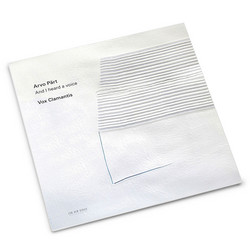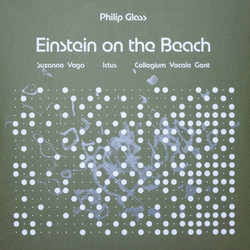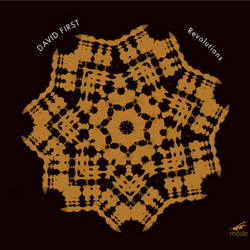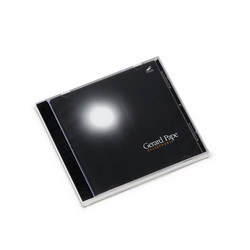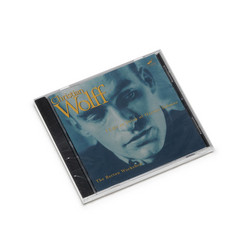We do require your explicit consent to save your cart and browsing history between visits. Read about cookies we use here.
An indefinite, open-ended composition of short sections that allows the performer to decide what and when to repeat or to go on to the next phrase is not new. Terry Riley's In C is the milestone score of decades ago. Slow, prolonged, quasi repetitive and contemplative works in the Western classical style are also familiar though the scores of Morton Feldman, John Adams, Brian Eno, John Luther Adams, and Gavin Bryars. Thus, Marc Chan's piano piece, My Wounded Head 3, inspired by Bach's Passion Chorales including four voices, is a challenge for the performer to find the balance of flow and length in the process and also for the listener, who must be open to deep listening and tranquil trance-like states. The album is a 72-minute continuum, although index-tracked into 9 arbitrary but convenient sections. As with In C and also Steve Reich's Music for 18 Musicians, the music becomes timeless, a rhythmic river of repeating gurgles but always different in combination. The pianist, here Rob Haskins, professor at the University of New Hampshire, brings himself into the work, creating intensity and mood with each measure's introduction. A specialist on Bach but also John Cage, Haskins has played the piece often over many months to prepare for the recording, discovering nuances and happenstances. For the listener, the music is an absorbing as well as adventurous ride across a vast landscape. The composer, the performer, and the listener are linked and united in an experience, each listener as much a creator as the composer, making each event unique and personal. The journey has occasional dissonance that comes and go without significance. Sometimes, in index 7, the combinations resemble Riley, other times, Reich, and for a moment, perhaps Bach. The almost random patterns at the end, index 9, however, take on a Philip Glass feeling with characteristic chordal arpeggio pulses (or is it a Bach fugue?). The album reaches a crescendo and stops suddenly with the final chord prolonged and fading, like A Day in The Life on the Beatles' Sgt. Pepper album. This album carries on the minimalism tradition, but as minimalism itself has roots in traditional world trance and spiritual music, it becomes a vehicle for reflection.
Related products
More from Mode
Become a member
Join us by becoming a Soundohm member. Members receive a 10% discount and Free Shipping Worldwide, periodic special promotions and free items.
Apply hereSoundohm is an international online mailorder that maintains a large inventory of several thousands of titles, specialized in Electronic/Avantgarde music and Sound Art. In our easy-to-navigate website it is possible to find the latest editions and the reissues, highly collectible original items, and in addition rare, out-of-print and sometime impossible-to-find artists’ records, multiples and limited gallery editions. The website is designed to offer cross references and additional information on each title, as well as sound clips to appreciate the music before buying it.
Soundohm is a trademark of Nube S.r.l.




